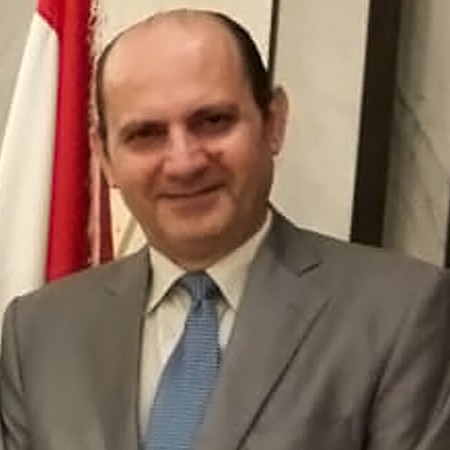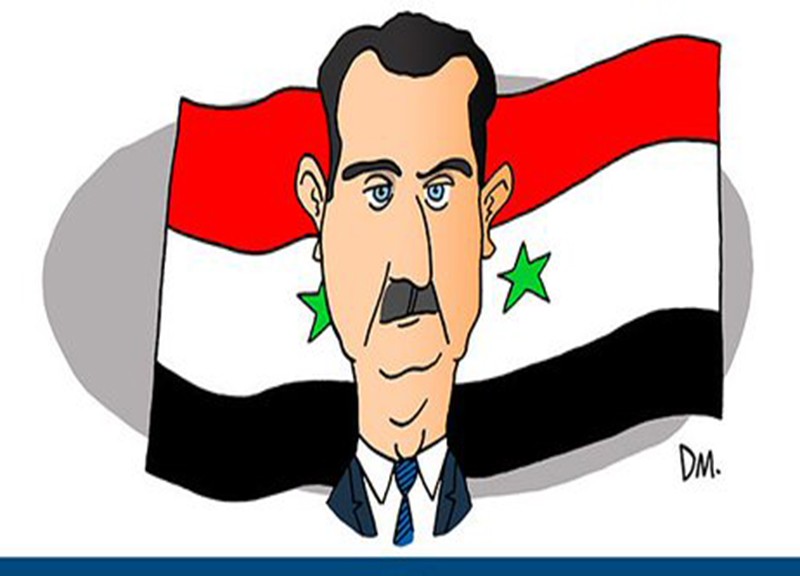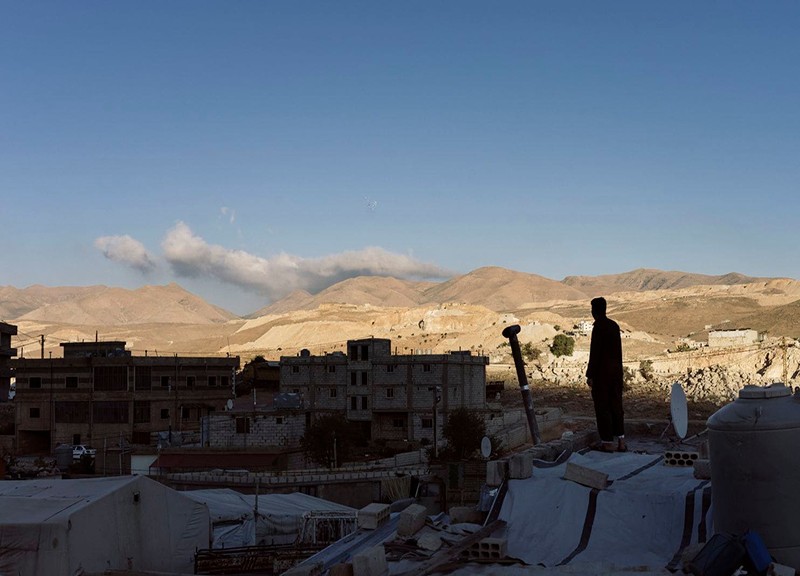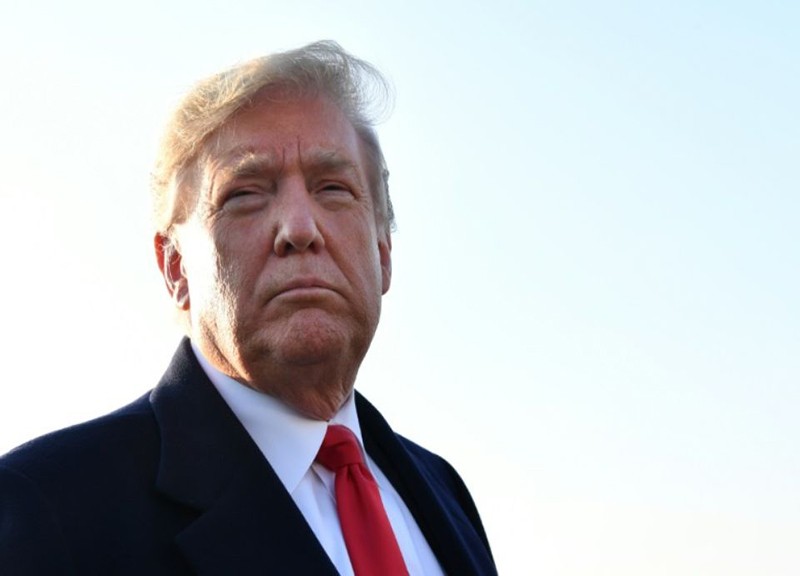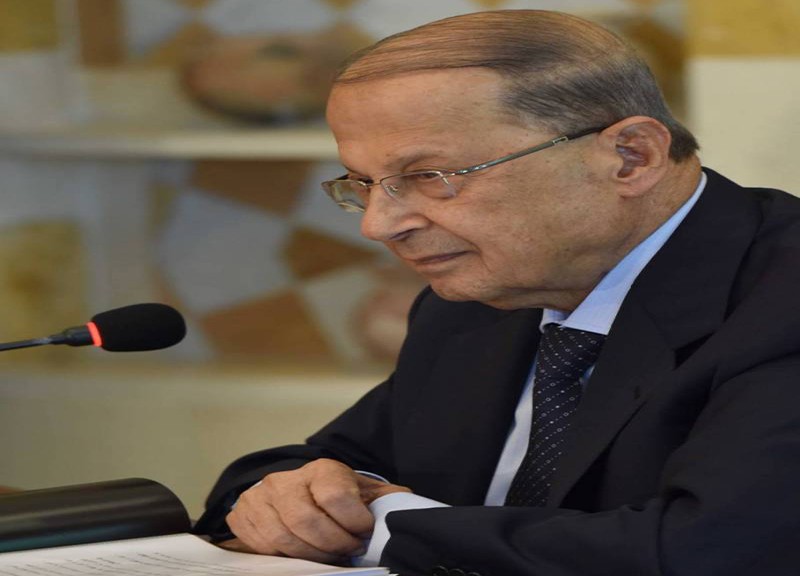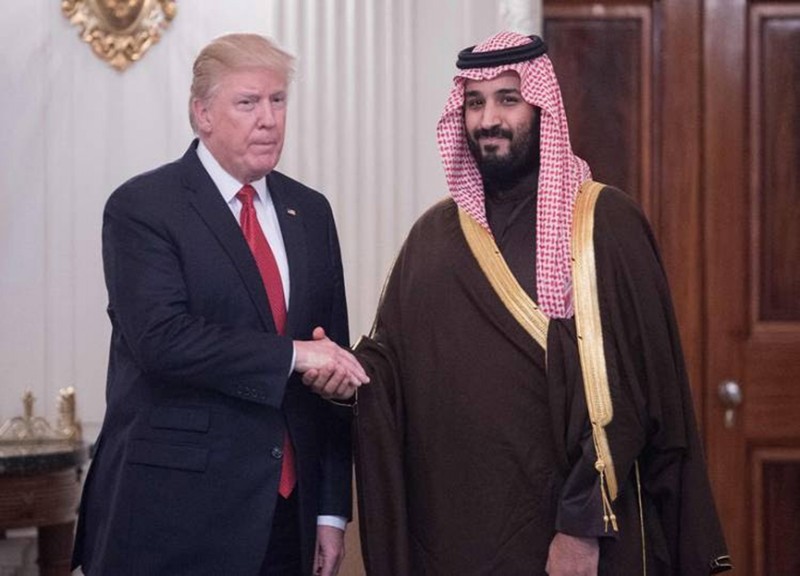
Upon securing most of its war goals in Syria, Iran appeared to shift its objectives toward establishing a military presence in that country while upgrading Hezbollah's fire precision and effectiveness in Lebanon. But once its Syrian facilities came under increased Israeli fire, Tehran began moving some of these activities into Lebanon, knowing that Israeli strikes would be more complicated there due to the escalation potential. Yet the prospect of Hezbollah acquiring or producing advanced "precision" weapons is Israel's main redline, and could put the parties on a collision course that leads to conflict in Lebanon.
This new Policy Note by TWI experts Katherine Bauer, Hanin Ghaddar, and Assaf Orion examines Tehran's objectives, Russia's regional goals, and the way these translate to long-term threats and short-term risks for Israel. If Hezbollah continues working on precision missiles inside Lebanon, Israel may feel compelled to respond one way or another. To avoid a disastrous escalation, the international community will need to plan ahead and take concerted action on several fronts: UNIFIL's shortcomings, increased sanctions on Iran's commercial airlines, U.S. aid to the Lebanese Armed Forces, ministries headed by Hezbollah officials, and State Department transparency regarding its intelligence on Iran's activities in Lebanon.
To read the article please access to the GALLERY and download the PDF file.




